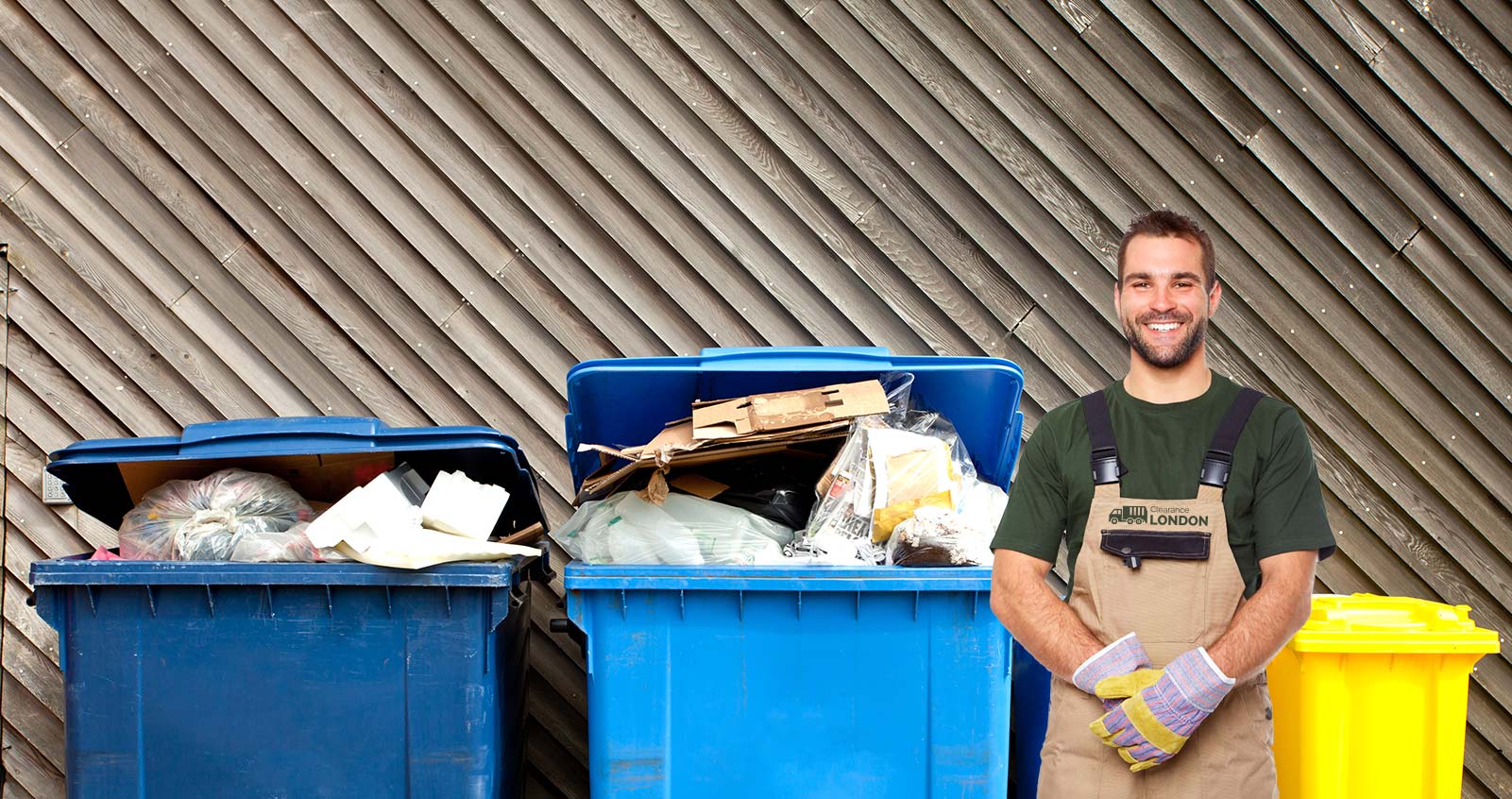Recycling Bins Placement in Offices
Posted on 29/08/2024
Recycling is a critical component of sustainable office management. Improving waste segregation and promoting the recycling of materials not only aids environmental conservation but also enhances workplace efficiency. A fundamental aspect of achieving these goals is the strategic placement of recycling bins within office spaces. This article delves into the many facets of recycling bin placement in offices, providing insights on its significance, strategies for effective placement, and the myriad benefits it brings.
Importance of Recycling Bins in Offices
Offices generate various types of waste, including paper, plastic, electronic waste, and organic trash. Unsorted and improperly disposed waste ends up in landfills, contributing to environmental degradation. Here's why placing recycling bins in offices is crucial:
- Environmental Impact: By diverting waste from landfills, recycling bins help reduce carbon footprints and promote the recycling of valuable materials.
- Compliance: Many jurisdictions have regulations regarding waste management and recycling. Offices that comply can avoid legal issues and possible fines.
- Corporate Social Responsibility (CSR): Promoting recycling is often a part of a company's CSR initiatives, enhancing its public image and demonstrating its commitment to sustainability.
- Employee Engagement: Having accessible recycling bins encourages employees to participate in environmental conservation efforts, fostering a culture of sustainability.

Factors to Consider for Recycling Bin Placement
The effectiveness of recycling programs is significantly influenced by the placement of recycling bins. Here are key factors to consider:
1. Visibility and Accessibility
Recycling bins should be placed in high-traffic areas where they are easily visible and accessible to all employees. Ensuring visibility reduces the likelihood of employees disposing of recyclables in general waste bins out of convenience or ignorance.
2. Proximity to Waste Generation Points
Bins should be placed near areas where specific types of waste are generated. For example, paper recycling bins are best placed near printers and copiers, while bins for organic waste should be close to eating areas. This strategic placement makes it convenient for employees to dispose of waste correctly.
3. Clear Signage and Labeling
Labels and signs on recycling bins should be clear and concise, indicating what materials can be disposed of in each bin. Utilizing color-coded bins can also help in quickly identifying the types of waste each bin is meant for.
4. Adequate Number of Bins
Offices should ensure that there are enough recycling bins to cater to the waste generated. An insufficient number of bins can lead to overflow and discourage proper disposal practices.
5. Regular Maintenance and Emptying
Bins should be regularly monitored and emptied to avoid overflow, which can lead to contamination of recyclables with non-recyclables. Consistent maintenance ensures the system remains functional and hygienic.
Strategic Placement Areas in Offices
Identifying strategic areas in an office for recycling bin placement can significantly enhance the efficacy of a recycling program. Here are some key areas to consider:
1. Common Areas
Common areas such as break rooms, kitchens, and lobbies are ideal for placing recycling bins. These areas often see the disposal of various waste types, from food scraps to beverage containers. Ensuring bins are easily accessible in these spaces encourages their use.
2. Individual Workstations
Providing small recycling bins at individual workstations can encourage employees to separate their waste as it is generated. These smaller bins can then be emptied into larger centralized bins.
3. Printing and Copying Stations
Paper waste is mainly generated in printing and copying areas. Placing clearly labeled paper recycling bins here ensures that the majority of paper waste is properly recycled.
4. Meeting Rooms
Meeting rooms often generate waste such as disposable coffee cups, snack wrappers, and paper. Having recycling bins in these rooms makes it convenient for employees and guests to dispose of recyclables properly.
5. Restrooms
In restrooms, bins for paper towels can be included, considering that they can be recycled if not saturated with contaminants. Clear signage can guide users on the proper disposal of these items.
Benefits of Proper Recycling Bin Placement
The advantages of a well-implemented recycling bin placement strategy extend beyond environmental conservation. Here are some of the significant benefits:
1. Cost Savings
Effective recycling programs can lead to cost savings by reducing the volume of waste sent to landfills, thus lowering disposal costs. Additionally, recycling certain materials may generate revenue or offset disposal expenses.
2. Enhanced Workplace Environment
Recycling bins promote cleanliness and organization, contributing to a more pleasant and efficient workplace. They help in minimizing clutter and ensuring that the office space is well-maintained.
3. Employee Morale and Productivity
Employees often feel a greater sense of pride and satisfaction working for a company that demonstrates environmental responsibility. This can lead to increased morale and productivity, as employees feel they are contributing to a larger, meaningful cause.
4. Positive Public Image
A strong recycling program can enhance a company's reputation, showcasing its commitment to sustainable practices. This positive public image can attract environmentally conscious clients and partners.
5. Reduction in Carbon Footprint
Proper recycling reduces the need for raw material extraction, lowers energy consumption in manufacturing processes, and decreases greenhouse gas emissions. Collectively, these factors contribute to a significant reduction in the company's carbon footprint.

Challenges and Solutions
While the benefits of recycling are clear, implementing an effective recycling bin placement strategy can present some challenges. Here are common issues and potential solutions:
1. Contamination of Recyclables
Challenge: Non-recyclable materials can contaminate recyclable waste, rendering it unusable.
Solution: Clear labeling and education are crucial. Conduct training sessions and use informative signage to guide employees on proper waste segregation. Regularly audit recycling bins to ensure compliance.
2. Initial Costs
Challenge: The initial investment in purchasing bins and setting up a recycling program may be a concern for some offices.
Solution: Emphasize the long-term cost savings and potential revenue from recycling. Seek grants or financial incentives offered by local governments for implementing recycling programs.
3. Employee Engagement
Challenge: Gaining employee participation and consistency in recycling practices can be difficult.
Solution: Foster a culture of sustainability by integrating recycling into the company's core values. Recognize and reward employees who actively participate and comply with recycling practices. Conduct periodic refresher training sessions.
Conclusion
The strategic placement of recycling bins in offices is a fundamental aspect of effective waste management and sustainability initiatives. By ensuring visibility, accessibility, clear labeling, and regular maintenance, offices can significantly enhance their recycling efforts, resulting in numerous environmental, economic, and social benefits. Overcoming challenges through education and engagement further strengthens the program's impact. Ultimately, a well-implemented recycling system fosters a culture of sustainability, contributing to a cleaner environment and a healthier planet.




